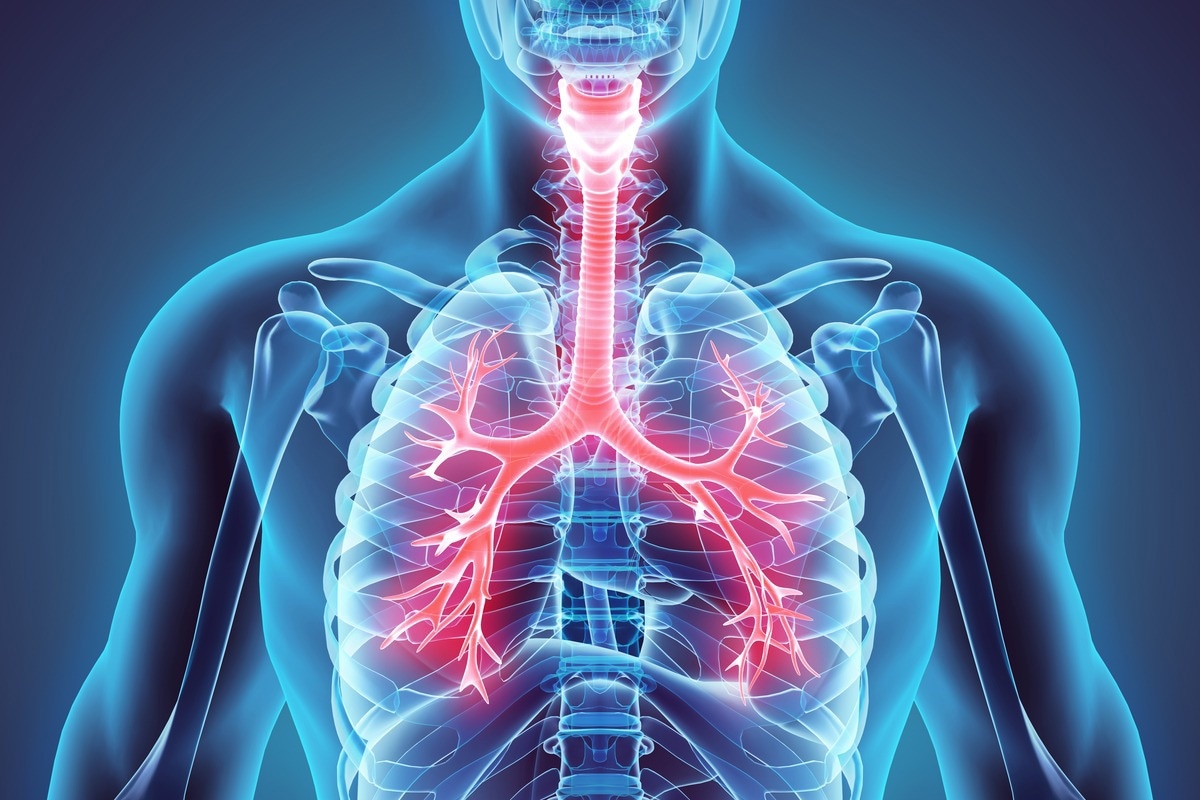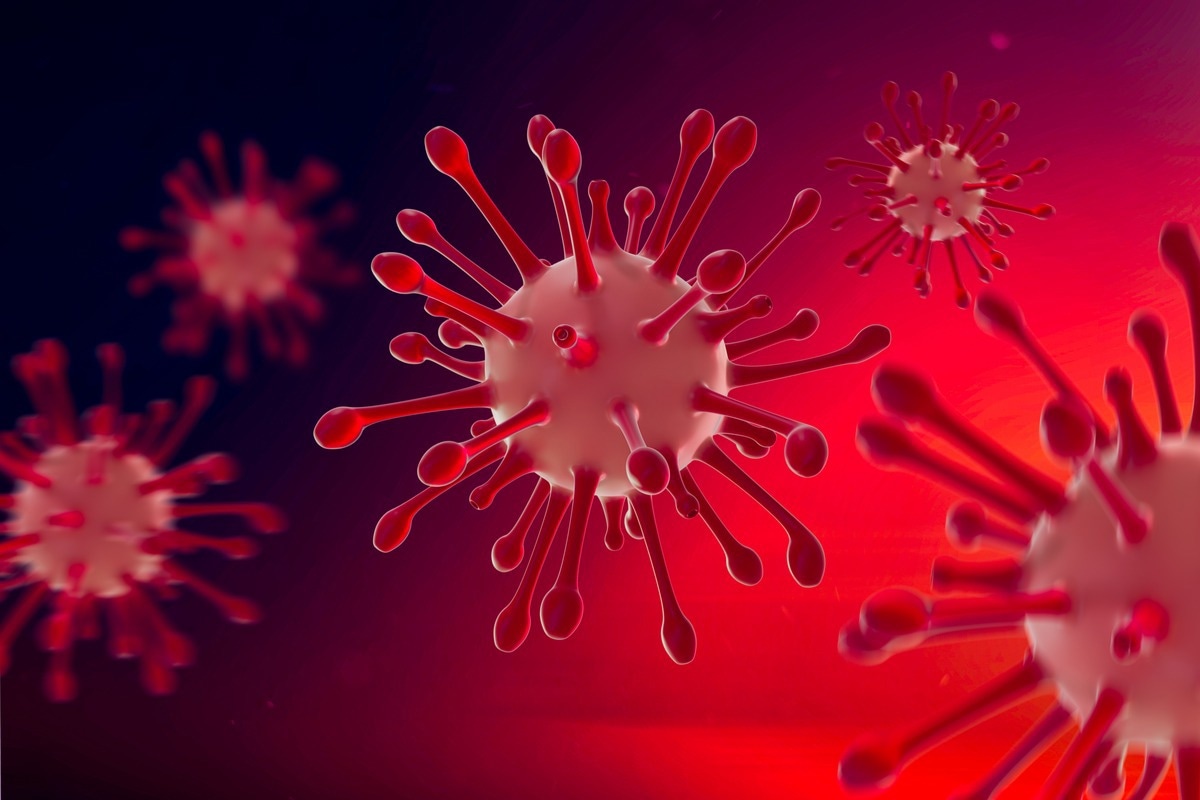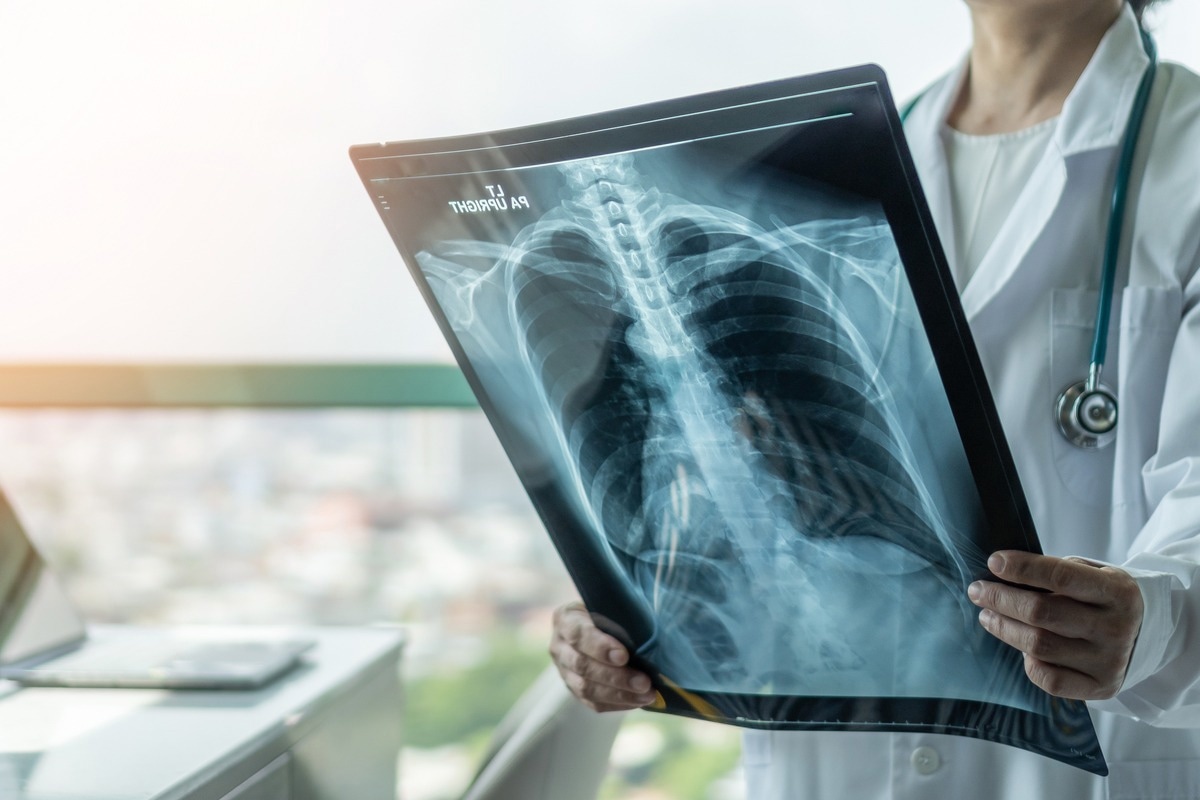Introduction
History of respiratory diseases
Forms of respiratory diseases
Impact of COVID-19
What approaches are there to restore our respiratory system back to normal?
The future of respiratory diseases
The emergence of pulmonary fibrosis
COVID-19 as a system disease
References
Further reading
Until recently, COVID-19 seemed to be a harmless pathogen of minor outbreaks of unremarkable and mild acute respiratory (or intestinal) diseases. At the same time, many similar microorganisms lived in natural reservoirs - in the body of exotic Asian animals.
 Image Credit: MDGRPHCS/Shutterstock
Image Credit: MDGRPHCS/Shutterstock
Life is changing fast. In the process of continuous regeneration, the genetic properties of viruses change, which allows them to better adapt to living conditions and find new hosts. Moreover, people are increasingly recklessly approaching microbiological hazards and can become not only infected but can also rapidly spread infections.
History of respiratory diseases
For the last 15 years, in terms of general morbidity in the world, respiratory diseases have consistently ranked first (24–25%). At the same time, acute respiratory infections of the respiratory tract are the most common cause of cases and long duration of temporary disability compared with other acute pathologies.
More than 200 million respiratory tract infections occur each year globally (outside of pandemic periods). Only less than a third of them go through health workers, primarily with the outpatient network, which accounts for more than 10% of all visits to the office of a primary care doctor.
Respiratory infections generally account for half of the outpatient and one-third of the inpatient antibiotic use. Direct medical costs for treating respiratory infections in the United States reach about 15 billion dollars annually, and indirect costs make up another 9 billion dollars.
Forms of respiratory diseases
The most common acute respiratory tract infections are SARS and influenza, pharyngitis, sinusitis, otitis media, bronchitis, and pneumonia. Acute bronchitis and pneumonia are classified as respiratory infections of the lower respiratory tract, and the rest are upper respiratory tract infections.
The problem of high morbidity and significant economic losses increases significantly due to complications, which can often end in death. Pneumonia and influenza together are the fourth leading cause of death in people aged 65 and over.
 Image Credit: MIA Studio/Shutterstock
Image Credit: MIA Studio/Shutterstock
Impact of COVID-19
COVID-19 can cause serious complications in the heart, lungs, brain, kidneys, blood vessels, and other vital human systems and organs. Although COVID-19 is a respiratory infection, doctors recognize that it is a multi-systemic disease, in other words, it can affect any organ.
All doctors face its consequences, from pulmonologists to trichologists and psychiatrists. Many patients complain of poor health even after recovery from COVID-19. Complaints vary greatly - from hair loss to thrombosis.
Given the similarity of the symptoms of respiratory infections, it is very important for adequate therapy to timely separate COVID-19 and seasonal SARS and influenza, as well as bacterial pathology.
The significance of this aspect is enhanced by the fact that conventional antiviral drugs, which have shown their effectiveness in the treatment of seasonal acute respiratory viral infections and influenza, turned out to be of little use in many cases of COVID-19.
What approaches are there to restore our respiratory system back to normal?
The first thing we start with is antiviral therapy. However, it is not always possible to use it for a particular patient. So, if a person arrives after 5-6 days from the onset of infection, then there is little use in applying antiviral therapy.
Next, doctors struggle with the syndromes caused by the disease. Treatment may require anti-inflammatory therapy, therapy aimed at eliminating coagulation disorders, and, finally, therapy aimed at correcting hypoxemia or respiratory failure. Of course, each patient may have their own unique features over the course of the disease, so the therapy in each case will be different.
The future of respiratory diseases
Acute respiratory infections today retain a strong leadership in the structure of human morbidity, primarily due to seasonal rises in the incidence of viral infections. Of course, this fact determines serious economic losses associated with the cost of treatment and temporary disability of patients.
An important issue is the relationship between respiratory viruses and bacteria, which is not always straightforward. An important task of healthcare, primarily outpatient doctors, is the timely diagnosis of respiratory infections, aimed at the optimal choice of treatment approaches.
 Image Credit: Chinnapong/Shutterstock
Image Credit: Chinnapong/Shutterstock
The emergence of pulmonary fibrosis
Fibrosis is the body's defense response to inflammation or injury. It occurs in approximately 10-15% of patients who recover from viral pneumonia associated with COVID-19.
In addition to measles, experts warn of a growing tuberculosis epidemic. Due to quarantine restrictions, mass examinations of the population (preventive and control fluorography) were almost never carried out.
During this time, many patients could develop the initial stage of tuberculosis, which can only be detected using fluorography. In addition, COVID-19 survivors tend to have poor lung health and weakened immune systems, making them an easy target for the TB pathogen.

 Related: What is Idiopathic Pulmonary Fibrosis?
Related: What is Idiopathic Pulmonary Fibrosis?
COVID-19 as a system disease
COVID-19 typically presents itself with respiratory symptoms, but it would be an erroneous simplification to consider it a localized respiratory disease. Even with a mild form of COVID-19, the nervous system is damaged and the intestines are often infected.
At the same time, the danger of dissemination of the infectious process and the development of severe systemic disease is associated mainly with lung damage.
Finally, accession to bronchopneumonia-alveolitis of infectious thrombotic microvasculitis (endothelins) not only forms a substrate for respiratory failure but also creates the danger of viruses entering the bloodstream.
References
- World Health Organization. Middle East respiratory syndrome coronavirus (MERS-CoV). MERS Monthly Summary, November 2019, https://www.who.int/. Retrieved on 15 May 2022.
- Li X, Ma X. (2020). Acute respiratory failure in COVID-19: is it "typical" ARDS?.
- Grasselli G, Tonetti T, Protti A, et al. Pathophysiology of COVID-19-associated acute respiratory distress syndrome: a multicentre prospective observational study. L
- Ciceri F, Beretta L, Scandroglio AM, et al. Microvascular COVID-19 lung vessels obstructive thromboinflammatory syndrome (MicroCLOTS): an atypical acuterespiratory distress syndrome working hypothesis. Crit Care Resusc 2020;22:95-7.
- Baig AM, Khaleeq A, Ali U, Syeda H (April 2020). "Evidence of the COVID-19 Virus Targeting the CNS: Tissue Distribution, Host-Virus Interaction, and Proposed Neurotropic Mechanisms". ACS Chemical Neuroscience.
- Wang L, Wang Y, Ye D, Liu Q (March 2020). "Review of the 2019 novel coronavirus (SARS-CoV-2) based on current evidence". International Journal of Antimicrobial Agents.
Further Reading
Last Updated: Mar 16, 2023